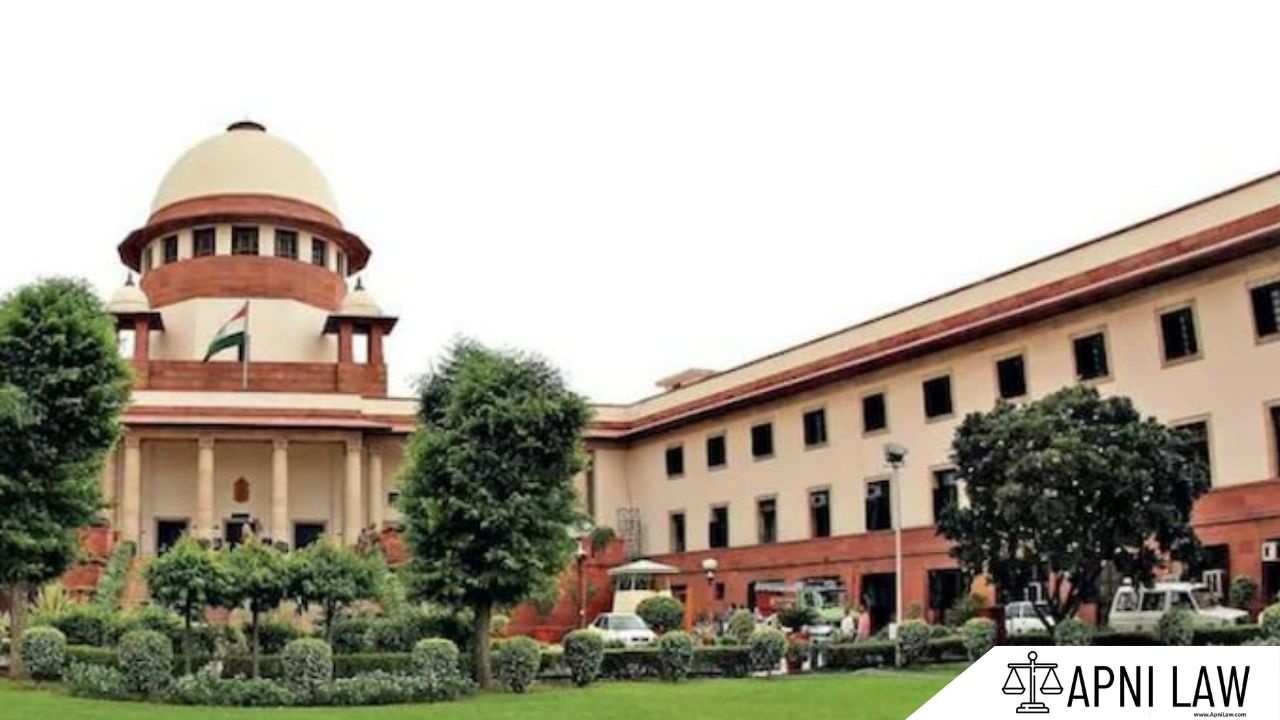Code: Section 305 BNSS
305. Subject to the provisions of Section 304, the officer in charge of the prison shall, upon delivery of an order made under sub-section (1) of Section 302 and duly countersigned, where necessary, under sub-section (2) thereof, cause the person named in the order to be taken to the Court in which his attendance is required, so as to be present there at the time mentioned in the order, and shall cause him to be kept in custody in or near the Court until he has been examined or until the Court authorises him to be taken back to the prison in which he was confined or detained.
Explanation of Section 305 BNSS
Section 305 BNSS lays down the procedural requirements for the transfer of a prisoner to a Court for the purpose of examination. This section operates in conjunction with the provisions of Section 304 and the orders made under Section 302. The main elements of this section are as follows:
-
Transfer Order Compliance:
The officer in charge of the prison is required to act upon an order issued under sub-section (1) of Section 302. This order, once delivered and duly countersigned (as necessary under sub-section (2) of Section 302), instructs that a specific prisoner must be transferred to the Court where his presence is required. -
Timing and Custody Requirements:
The prisoner must be taken to the Court to appear at the time specified in the order. Upon arrival, the prison officer must ensure that the prisoner is kept in custody in or near the Court until one of the following occurs:- The prisoner has been examined by the Court, or
- The Court authorises that the prisoner be returned to the prison where he was confined or detained.
-
Subject to Section 304:
The actions taken under Section 305 are subject to the provisions of Section 304, which may outline additional or specific conditions related to the handling and transfer of prisoners for court examinations.
This section is essential to ensure that the process of transferring prisoners for judicial proceedings is conducted in an orderly and secure manner, safeguarding the rights of the accused while facilitating the efficient administration of justice.
Illustration
Example 1: Routine Transfer for Examination
In a criminal proceeding, an order under Section 302(1) is issued requiring the presence of a detained individual in Court for examination. The officer in charge of the prison, after obtaining the necessary countersignature as prescribed under Section 302(2), transfers the prisoner to the designated Court. The prisoner is kept in custody near the Court until his examination is completed, after which the Court authorises his return to the prison.
Example 2: Custody Until Examination
A prisoner is ordered to be transferred to the Court for further examination related to a pending trial. The officer in charge follows the transfer order, ensuring that the prisoner arrives at the Court at the stipulated time. The prisoner remains under custody in a secure area within or adjacent to the Court premises until the examination is concluded. The Court then issues an order allowing the prisoner to be taken back to the prison.
Common Questions and Answers on Section 305 BNSS
1. What triggers the transfer of a prisoner under Section 305?
- Answer:
The transfer is triggered by an order issued under sub-section (1) of Section 302, which must be delivered and, if necessary, countersigned as required under sub-section (2) of Section 302.
2. Who is responsible for ensuring the prisoner’s transfer to the Court?
- Answer:
The officer in charge of the prison is responsible for ensuring that the prisoner is taken to the Court at the specified time and is kept in custody until examined or until the Court permits his return to prison.
3. Under what circumstances can a prisoner be returned to prison before examination?
- Answer:
A prisoner can be taken back to the prison only after the Court has completed the examination or expressly authorised his return.
4. What does “subject to the provisions of Section 304” mean?
- Answer:
It means that all actions taken under Section 305 must comply with any additional conditions or requirements set forth in Section 304, which may govern the overall procedure or safety measures regarding the transfer of prisoners.
Conclusion
Section 305 BNSS establishes a clear protocol for the transfer of prisoners to Court for examination, ensuring that the process is conducted in an orderly, secure, and timely manner. By mandating that the transfer be based on a properly issued and countersigned order under Section 302, and by requiring that the prisoner be kept in custody until examined or authorised for return, this section safeguards both the integrity of judicial proceedings and the rights of the prisoner. For further legal insights and detailed guidance on prisoner transfer procedures and related matters, visit ApniLaw.








